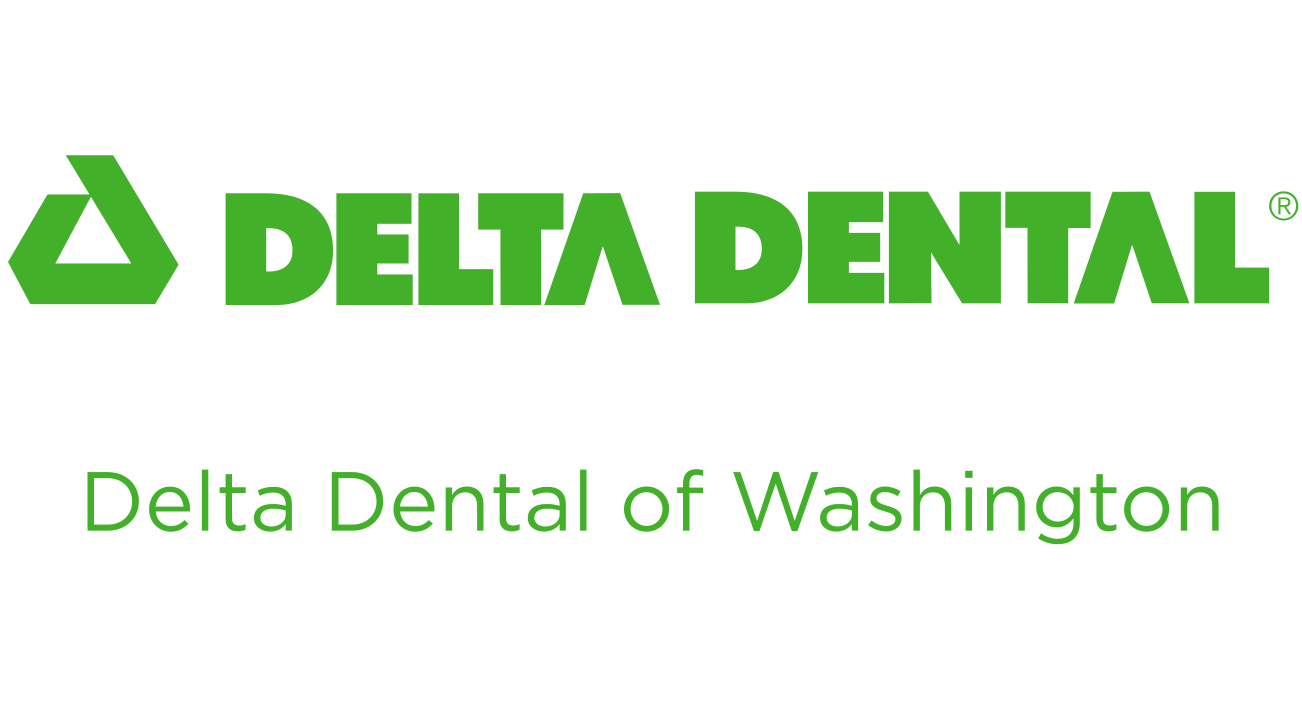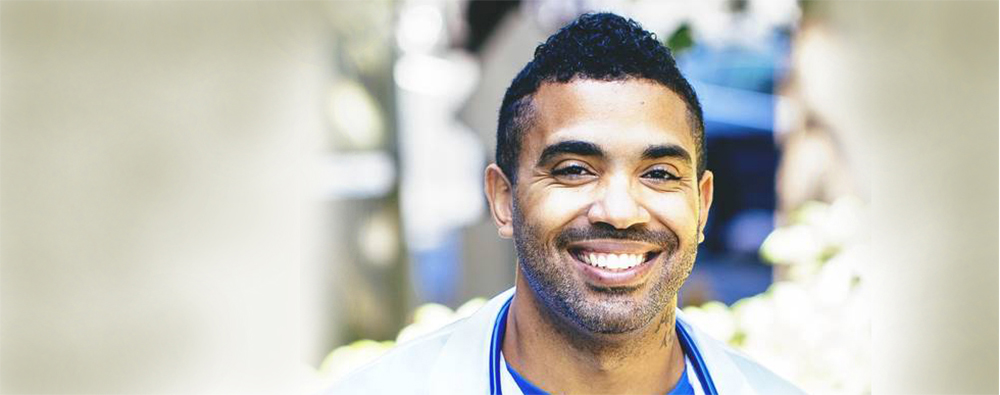Dr. LeRoy Horton didn’t always know he wanted to be dentist. He just knew that he wanted to help people.
Horton grew up with a sense of community – born and raised in Greece, he lived in a multigenerational household surrounded by a family whose dedication to service seeped into every aspect of their lives. Especially when it came to medicine.
His uncle was a high-ranking cardiologist and pathologist in Greece, who now can frequently be seen giving television interviews and, on more than one occasion, served as the private doctor for the country’s seat of political power. But, as Dr. Horton tells it, that never went to his Uncle Tasso’s head.
This, he says, is what inspired him to go into medicine.
“I grew up seeing him taking care of people, so I knew that I wanted to take care of people. He really inspired me to go into healthcare, more than anybody. And to this day, despite having gained notoriety in Greece, he still makes house calls. He’ll get a call at like, 1 o’clock in the morning, get up, grab his bag, and go and visit someone in their home.
And that was what really, truly inspired me to get into healthcare and be the type of provider I’ve been aspiring to be – seeing that type of devotion to the community and the people you’re taking care of.”
He was 3 years into his undergraduate degree in biology at Pacific Lutheran University when a class assignment sent him down the path toward dentistry.
“In one of my classes we did this 5-10-15-year life plan where mark what your desires are for, autonomy and family time, etc. And based on your answers, you’d get matched with the health profession that most aligned with your desires. And dentistry was right up there.”
Dentistry was in his blood, he explains, and the drive to pursue that path felt like the right one.
“I’d had some exposure because my Aunt [Mary] back in Greece was a dentist. She converted her home into a one chair one room office, where the waiting area couch faced her and the patient she would treat patients with no assistant. So, I worked with my advisor to create an independent study course where I went to all the different specialties and shadowed them and then wrote a report. And not only did it give me college credit, but also exposure to the different dental fields.
It wasn’t until I shadowed a periodontist and an oral surgeon, saw them doing implants, that I was like ‘Yep, that’s what I want to do.’”
And that commitment to community? Well that’s stayed with him too. In fact, it’s what Dr. Horton does outside of his practice that inspired us to sit down and chat with him.
As a Black dentist, Dr. Horton is all too familiar with the struggles facing aspiring BIPOC oral health professionals.
One of the most notable, he explains, is the large academic gap facing STEM – the acronym given to the science, technology, engineering, and mathematics programs – students.
“I’ve mentored so many kids who get dissuade by their college counselors, at an alarming rate. For example, my wife when she first started college, her counselor tried to let her know that, despite her straight A’s, a career in the medical field was extremely rigorous and may not be for her. And that same counselor telling another student about a year and a half later how surprised she was that my wife was doing so well.”
With a lack of BIPOC students entering the medical and dental fields, the cycle of underrepresentation continues, leading to distrust of medical professionals within the BIPOC communities. And that cycle of distrust and underrepresentation is something Dr. Horton is working to break.
“We [providers] need to be extremely active in putting ourselves out there, making ourselves seen, available, and accessible. I’ve tried to do that a lot at the university – I lead suture workshops 3-4 times a year with Minority Association of Pre-Health Students [MAPS].
So, I’m there, I’m actively selling dentistry, and I show them the ‘sexy’ stuff. They see large cases, invasive cases, the end result, and it’s coming from someone that looks like them. And that’s intentional.”
But that doesn’t start and end with the dental chair. He’s working to tackle the underrepresentation problem head-on.
In 2007, he collaborated with fellow colleagues to start a scholarship to help aspiring Black and POC students get the same quality education as their wealthier counterparts. It’s called the Partners in Diversity Endowed Scholarship and it goes toward supplementing the cost of tuition at the University of Washington, one of the most expensive schools in the country.
“We were trying to figure out where we could fill a need in the different stages of the process of someone going from just being a candidate to actually getting into UW. And what we saw is that the University of Washington has especially high tuition, and other schools were offering better financial aid packages.
So, we decided that we wanted to develop a scholarship to offer or enhance financial aid packages to BIPOC students that get accepted.”
But one scholarship wouldn’t cut it. Following the death of his brother in 2017, Horton and his family started the Panago Foundation.
Under the umbrella of the Ready to Rise program, this Tacoma-based scholarship program gives money to Black students entering college. It serves to honor his brother’s memory who, as Horton tells it, was dedicated to serving and educating students in high need communities.
“My brother was very committed to service. He worked at AmeriCorps for two years after college and was very big on education and working in high need areas. And through AmeriCorps he was working at one of the need middle schools in Tacoma.”
Despite the scholarships and all the students those funds have helped to succeed, though, it’s his role as an Affiliate Professor at the UW School of Dentistry’s Emergency Dental Clinic that Dr. Horton says really makes him feels like he’s giving back.
“It’s a volunteer position but I get to work with young students and expose them to seeing faculty members of color, which is great especially for the few URM (underrepresented minority) who are there.
And the emergency clinic is kind of safety net for the greater community, so a lot of the patients are black and brown patients. So, I’m exposing the students to the patients and the patients to the students.”
Through all of this, though, Dr. Horton wants to make one thing very clear: it’s not about diversity for diversity’s sake.
“If we see that there’s unmet need or disproportionate inequity in the type of care that people receive and the type of diseases that people are dealing with, that is the end goal of increasing the numbers. No one wants to increase the numbers just for a pat on the back and say, ‘Oh good job, you’re more representative of the statistical population.’
We know that there are unmet needs in medicine and in dentistry specifically. Caries levels are higher in populations of color, especially poor populations of color. Edentulism, missing teeth – all that stuff has added health effects.
And that’s the end goal, to eliminate those disparities that do exist."












